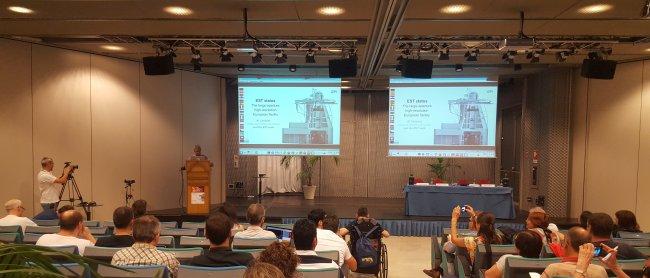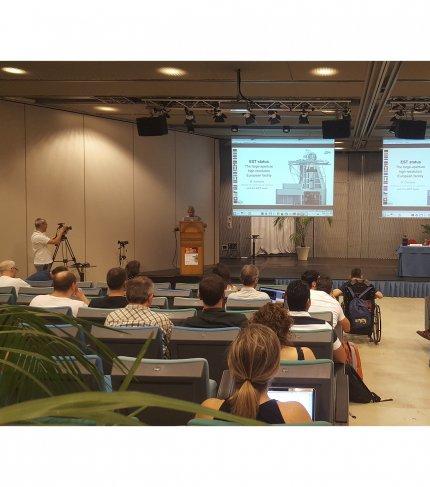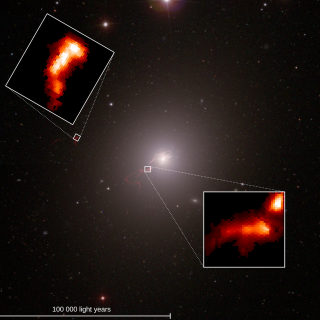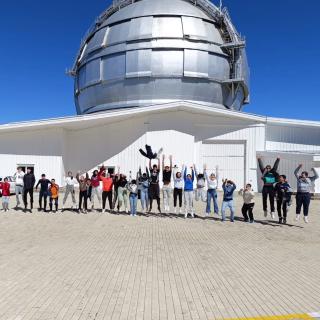For five days the community of European solar physicists is meeting in Sicily to present the scientific objectives for this key instrument for the study of our local star. The detailed presentation of the capacity of the EST, as well as the analysis of its scientific needs are the principal objectives of this scientific meeting.
The objective of the EST project is to build the largest solar telescope on European territory. Because of its primary mirror of 4m diameter, it will allow us to observe the Sun with unprecedented resolution. Its design, and its instruments are optimized to analyse the magnetic field structure on the solar surface with a sensitivity which has not been achieved so far by any solar telescope.
The EST configuration will provide answers to some of the questions which are open in the study of Solar Physics. Among these are “What are the mechanisms which generate the cyclic activity of the Sun? Why are the outermost layers of the Sun hotter than the underlying layers? What mechanisms cause the explosive events on the Sun, which can have a significant influence on our planet Earth?
The EST was considered as a strategic project for Europe and is included in the ESFRI route map in May 2016. Its construction is due to start in 2021, and it will see its first light in 2027, from the Canary summits.
This conference is one of the actions within the Preparatory Phase of the European Solar Telescope. This activity is presently included in the H2020 project PRE-EST (Preparatory Phase of the EST), which involves 21 institutions in 15 European countries. Spain is participating via the Instituto de Astrofísica de Canarias (IAC) which coordinates the activity, and so is the Instituto de Astrofísica de Andalucía (IAA-CSIC), the head of the press office.
The Observatories of the Instituto de Astrofísica de Canarias (IAC) and the Gran Telescopio CANARIAS (GTC) are part of the network of Singular Scientific and Technological Infrastructures (ICTS) of Spain.
More information:
- Manuel Collados (coordinador del EST, Instituto de Astrofísica de Canarias) mcv [at] iac.es (mcv[at]iac[dot]es)
- Luis Bellot (coordinador de la oficina de comunicación del EST, Instituto de Astrofísica de Andalucía) lbellot [at] iaa.es (lbellot[at]iaa[dot]es)
- Francesca Zuccarello, (Organizadora científica del congreso, Università degli Studi di Catania): francesca.zuccarello [at] ct.infn.it (francesca[dot]zuccarello[at]ct[dot]infn[dot]it)
Interesting links:
http://www.agenda.unict.it/14120-est-science-meeting.htm
https://catania.liveuniversity.it/2018/06/08/sicilia-capitale-dellastrofisica-telescopio/




